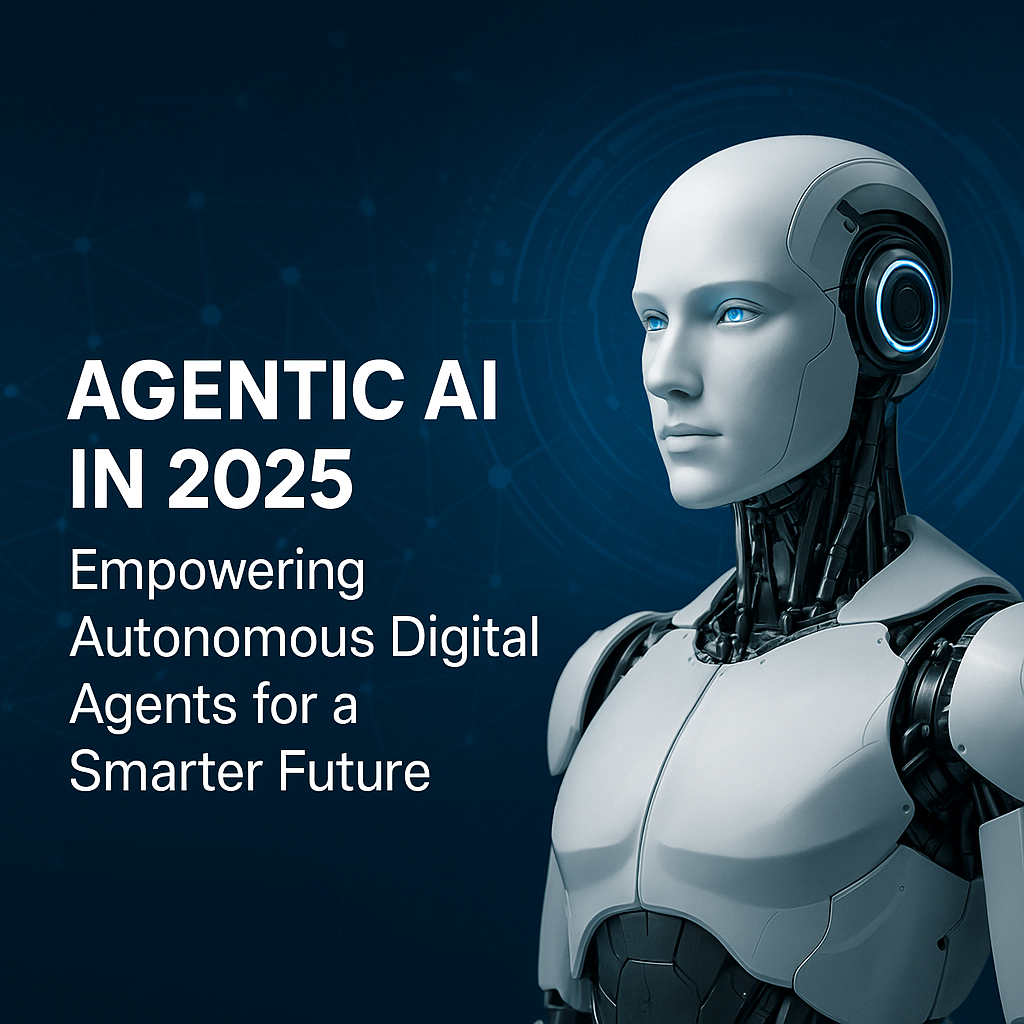🔍 What Is Agentic AI?
Agentic AI refers to intelligent systems that not only generate content but also take autonomous actions based on contextual understanding. Unlike traditional AI models that require human prompts for each task, agentic AI systems can proactively analyze situations and execute tasks without explicit instructions. For instance, in customer service, an agentic AI might detect a user’s frustration through their interactions and autonomously offer solutions or escalate the issue to a human representative. In retail, it could personalize shopping experiences in real-time by analyzing browsing patterns and preferences.
🚀 Why It’s Trending in 2025
- Enterprise Adoption: Companies like Qualtrics are leveraging agentic AI to transform customer and employee experiences by turning feedback into personalized, timely actions across various channels. (Business Insider)
- Enhanced Productivity: Agentic AI systems are streamlining workflows by automating complex tasks, allowing businesses to operate more efficiently and respond to issues in real-time.
- Multiagent Ecosystems: The future points toward a multiagent world where specialized AI agents collaborate within and across organizations to handle diverse functions, from data analysis to customer engagement. (Business Insider)
🛡️ Challenges and Considerations
- Security Risks: As agentic AI systems gain more autonomy, they pose unique cybersecurity challenges. Without proper safeguards, these agents could inadvertently cause data breaches or misuse access credentials. (Axios)
- Ethical Implications: The decision-making capabilities of agentic AI raise questions about accountability, especially when actions taken by AI agents have significant consequences.
- Regulatory Landscape: The rapid advancement of agentic AI necessitates the development of new regulations to ensure responsible deployment and prevent misuse.


